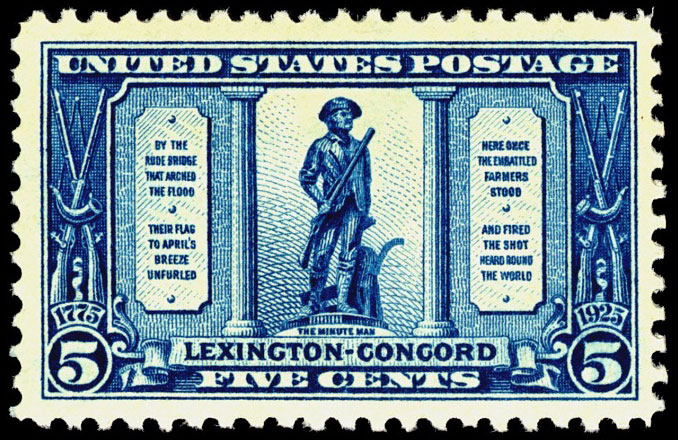
“Come to the Fair!” That invitation might well be regarded as the theme of the majority of the commemorative stamps issued during the three decades following the Columbian Exposition Issues (1893). It was a time in our nation’s history that a fair or exposition was truly an exciting event and great entertainment! U.S. commemorative postage stamps helped spread the invitation, “Come to the Fair!”
During the period 1898-1925, the Post Office Department offered fourteen commemorative issues. The early issues comprised sets of stamps. The largest was the Trans-Mississippi Exposition (1898) with nine different images and denominations. The first single stamp commemorative was the 1909 Lincoln Centennial issue that established the pattern for commemorative issues for the twentieth Century.














